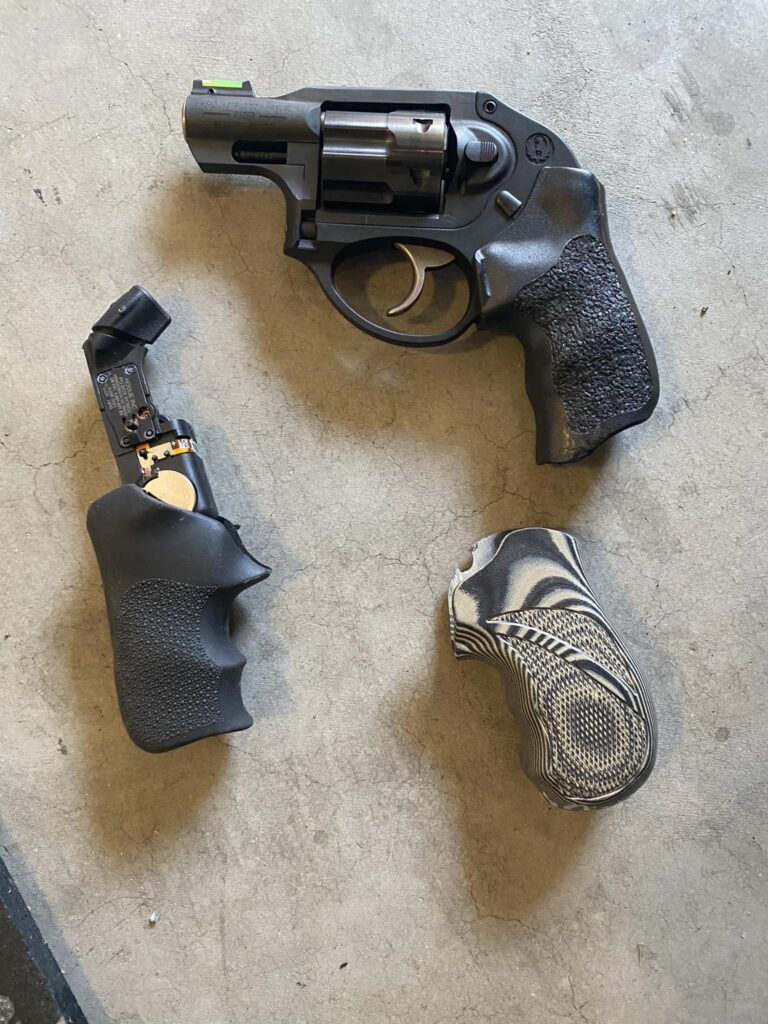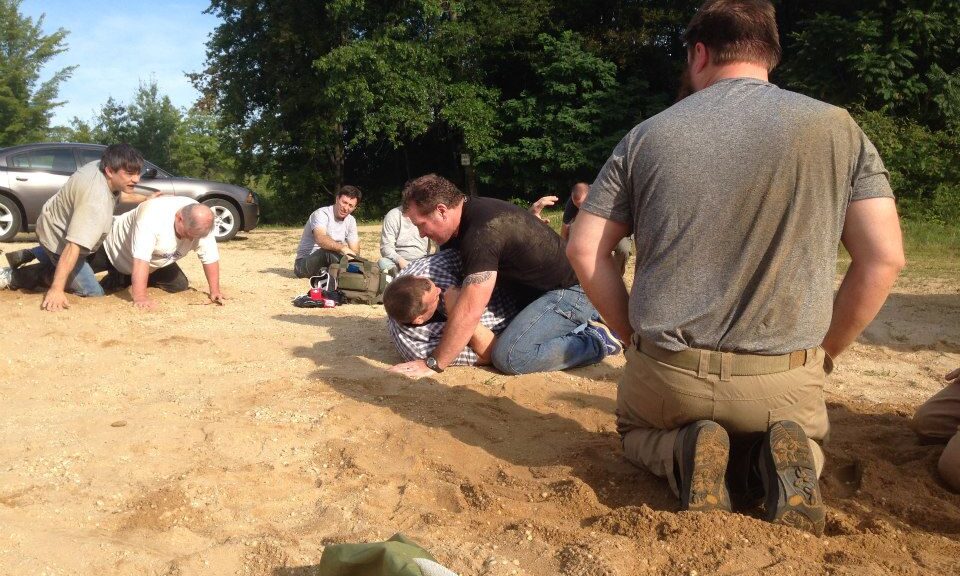Over the past couple of decades revolver shooting has basically fallen out of favor with most in the mainstream self-preservation-oriented gun community. Since the mid-90s the polymer Striker Fired 9mm pistol has reigned supreme and most everyone who have started shooting after that has most likely had little to no experience with revolvers.
The problem arises when people newer to the community begin to comment on things they don’t have much firsthand experience with. Just as if someone who has only driven automatic transmission cars would be at a great loss if they suddenly were confronted with the manual transmission vehicle, so too is someone who only understands semi-auto pistols trying to wrap their head around the handling and operations of a wheel gun.
Too often people try to talk about the pros and cons of revolvers without really knowing what those pros and cons actually are, and the nuanced understanding that only comes from a depth and breadth of experience and knowledge.
One criticism thrown towards revolvers by people who don’t have a deep wellspring of experience with them tends to be that they are harder to shoot than a typical polymer Wondernine. That is actually not completely the case. There are ways to make revolvers easy to shoot with very little time, effort or money. Quite possibly the single biggest advantage to making a revolver easier to shoot, and one in which it is totally superior to all semi-auto pistols, is that in the grips.
Many modern pistols have minor tweaks that can be made to the grip. For example, a lot of them come with interchangeable back straps and a very few number of them come with interchangeable grip panels. However even with that there is a very, very finite level of adjustability that the end user can do. Any more that’s needed to really fit the hand requires major work at the level of an experienced gunsmith which then requires a lot of time away from the owner, a great deal of money, and hassle in sending it off.
Revolvers on the other hand can be easily adjusted to fit anyone’s hand, and that adjustment can be done by the end user essentially using a screwdriver and a few minutes worth of work. The revolver never has to be sent away, nor do they require a long period of time for the gunsmith to do the work.Most major revolvers have a huge aftermarket with an incredible number of options in which nearly any revolver can be made to fit anyone’s hand or for their particular context. Grip manufacturers like Hogue, Pachymar, Altamont, Badger, Etc. offer wood, G10, or rubber grips and almost any possible configuration that an end user could want. And all of them can be installed with a screwdriver and less than 5 minutes worth of work. Furthermore, unless you desire a particularly rare wood almost all grips are under $100 with most of them being under $50. There were up to very recent times some grip makers where you could send a tracing of your hands, and they would make a grip totally tailored to your precise fit. How many wondernines can say that?
None of that is true for any semi-auto pistol on the market today. I as the end user can configure my revolver to fit me exactly how I need in nearly the blink of an eye. So the next time you hear someone comment online or in an article how revolvers are tough to shoot, understand that they most likely have a limited knowledge base, probably don’t know the nuances of running or carrying a revolver, and are probably not the people to talk to about wheel guns. Instead take an extra minute or two to find the true subject matter experts like Wayne Dobbs, Chuck Haggard, Tom Givens and a small handful of others. Get their thoughts on running a revolver and follow their suggestions.
Take a look at the picture of my LCR. I have Rogers grips on it because for me that is the perfect compromise stock that fits my hand well, gives good shooting control, and still is very concealable. Next to it is a laser grip that’s good, as well as a Hogue G10 that fills the hand and makes shooting even 327 mags reasonably okay to do, BUT is not a good stick for ankle or pocket carry. Not pictured are Hogue Bantam grips which are super concealable but are too small for hands to control the gun. But it is an option. ANy of these can be popped on in a couple of minutes, and the total cost of ALL the stocks put together is under $200. Quite a bargain consisted to a typical grip job on a polymer pistol.


